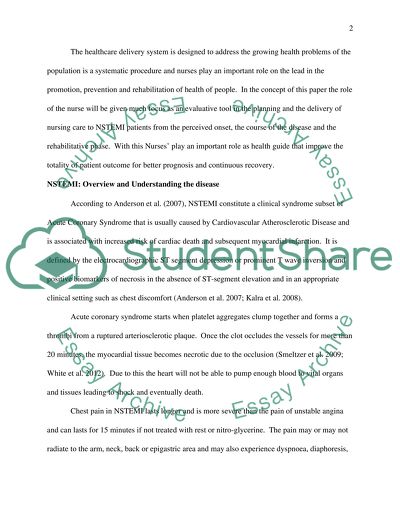Cite this document
(“An evaluation of the planning and delivery of nursing care. Acute Essay”, n.d.)
Retrieved from https://studentshare.org/nursing/1459389-an-evaluation-of-the-planning-and-delivery-of-nursing-care-acute-management-of-patient-with-nstemi
Retrieved from https://studentshare.org/nursing/1459389-an-evaluation-of-the-planning-and-delivery-of-nursing-care-acute-management-of-patient-with-nstemi
(An Evaluation of the Planning and Delivery of Nursing Care. Acute Essay)
https://studentshare.org/nursing/1459389-an-evaluation-of-the-planning-and-delivery-of-nursing-care-acute-management-of-patient-with-nstemi.
https://studentshare.org/nursing/1459389-an-evaluation-of-the-planning-and-delivery-of-nursing-care-acute-management-of-patient-with-nstemi.
“An Evaluation of the Planning and Delivery of Nursing Care. Acute Essay”, n.d. https://studentshare.org/nursing/1459389-an-evaluation-of-the-planning-and-delivery-of-nursing-care-acute-management-of-patient-with-nstemi.


